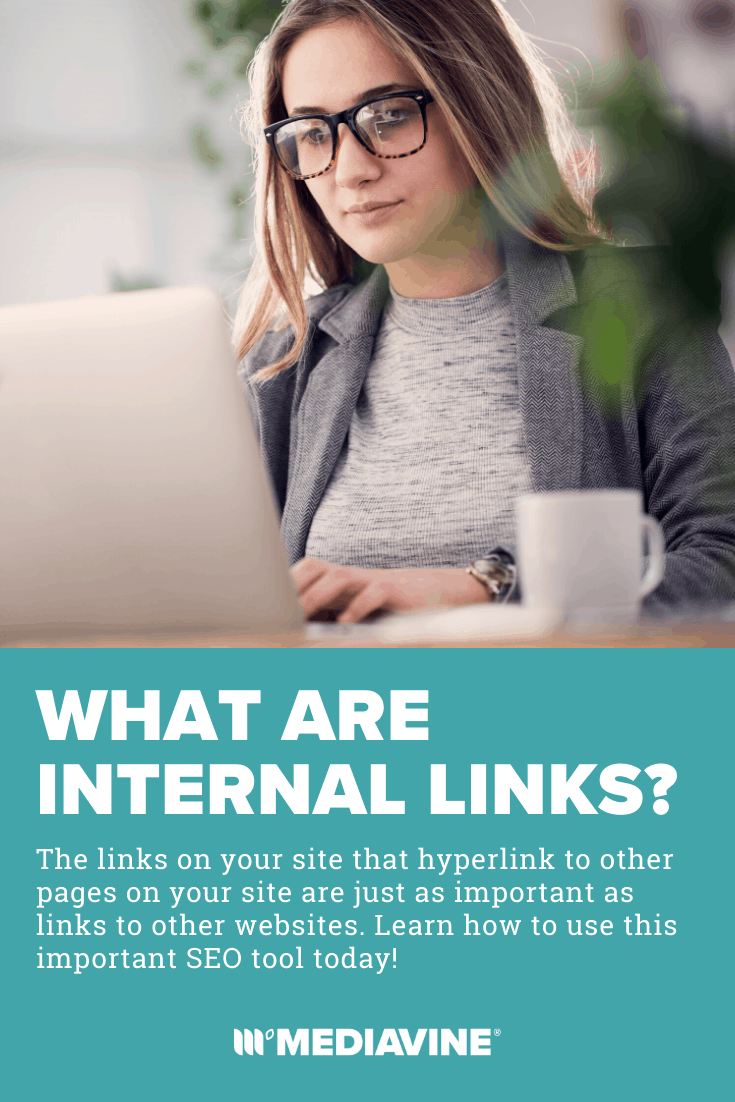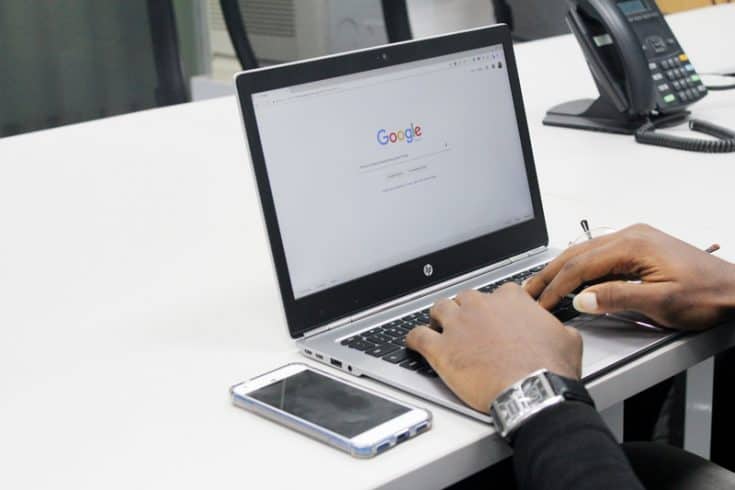- SEO
Internal Links: PageRank and Simple SEO You Can Control
•
What are internal links?
Internal links are what they sound like: Links to another page on your same domain, or website. It’s just the official name for the idea of linking to yourself. Every link that points elsewhere on your own website is considered an internal link, from links in your navigation and footer to links inside your content. This is an important fact to keep in the back of your mind. We’re not just referring to the links inside your blog posts when we talk about internal links. From the header to the footer, these links all count. So the advice we’re giving should be applied to your navigation, sidebar, widgets and content alike.
What, internally, should I link to?
We’ll be talking more about link structure in a future article, but zooming out for a second — it’s important to remember the principles of PageRank. As we touched on earlier, everything you link to is essentially casting a “vote” for those pages, so be sure to link to pages you’re hoping to rank on. Even more importantly, although this may seem like common sense, make sure you’re linking to material that is relevant to the page you’re writing. The best trick for doing this? Using relevant anchor text in the link itself. Your anchor text should always be describing the post you’re linking to. Moreover, if you only use a link when you can organically work the anchor text into a sentence, then you’ll be naturally linking to the right material. Don’t just take it from us. Google’s SEO starter guide warns against “creating unnecessary links that don’t help with the user’s navigation of the site.” Says it all right there, doesn’t it?
How many internal links should I use?
While anchor text is super important, so is the text around the link. Google uses Natural Language Processing and is a contextual search engine by nature. Google learns as much about your links from the text around them as it does from the link text. So, surround it with useful text to help Google out. As far as how many you should include, if you follow Mediavine’s advice and write shorter web paragraphs, we’d recommend 1 to 2 links per paragraph. It’s not an exact science, but if you focus on links surrounded by text and are following Mediavine’s and Usability.gov’s guidelines, 1 to 2 is a good rule. You’ll notice a funny thing will start happening if you take this approach. Suddenly, organically, you’ll have relevant text surrounding all of your links. You won’t have to worry about over-linking because you will have made the best possible link choices and padded them with proper context by design. Fun footnote: Google used to impose a maximum of 100 links per page, but that’s since been raised to a recommendation of “a few thousand at most.” Obviously if you’re using a maximum of 1-2 links per paragraph and properly linking to only relevant pages, you’ll never come close to either amount. Bottom line: Keeping in mind the goal of helping users and Google navigating your site with these links, go crazy and internally link as often as you can.Limit site-wide links in your navigation
We’ll talk about this more in a future post dedicated to website structure, but make sure you aren’t over-linking in your navigation elements. Remember, with PageRank, Google is dividing up your votes amongst the total number of links. If you have 10, each one gets 1/10 of the vote. Put another way, if you have a ton of links throughout your theme and template — many of which you don’t need — you’re just diluting your votes. Only link to the most important content — pages you want to rank on, or need for brand or legal reasons — in your navigation, sidebar and footer.
Don’t link to the same page twice
No matter how hard you want to push PageRank to a specific page, in general it’s not a terrific user experience to link to the same page twice. Furthermore, Google isn’t going to count that vote twice, so when possible, link to a variety articles as opposed to the same one twice on a page.How should I internally link?
We’ll always recommend sticking to the basics and using text to link to a page and a text link with good anchor text is certainly preferred. Whenever possible, Google recommends that you “try to use text instead of images to display important names, content or links.” If you must use an image, make sure you use proper alt text. This requires some extra work to achieve the desired effect, so make the effort. To use images for textual content, “use thealt attribute to include a few words of descriptive text” as per Webmaster Guidelines.
Remember, this applies to links beyond our content. Make sure you’re not using images in your navigation or footer when linking.
To the same end, don’t use JavaScript to generate links. Links should be created using plain old boring <a> tags using the href attribute.
Check out the rest of our SEO Like A CEO series, and subscribe to our YouTube channel for the next installment! About the author
Share this page